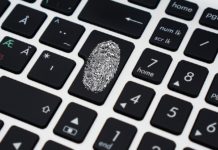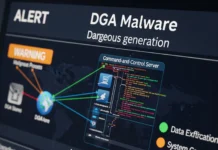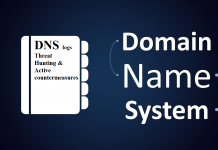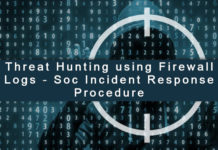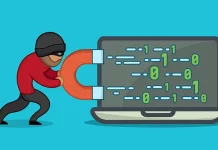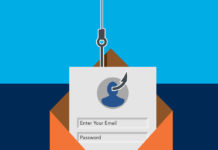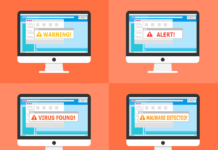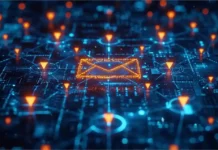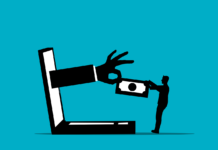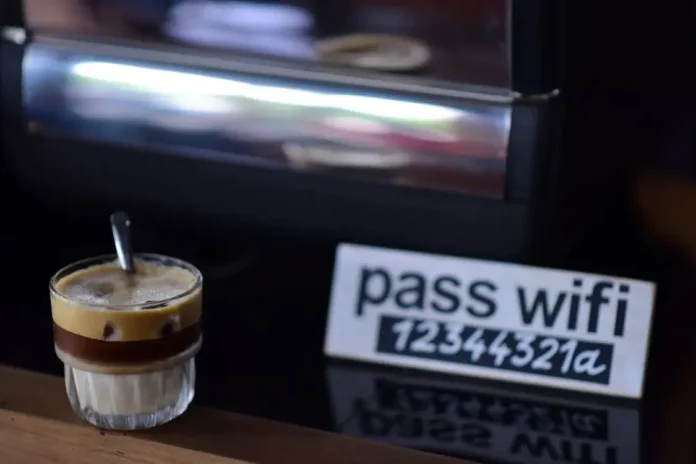Every login is a mini stress test.
It starts with your brain fumbling for the right combination: was it the one with an exclamation mark? Did I add the number 7 or 8? And after three wrong attempts, you’re locked out, frustrated, and doubting your memory.
We’ve accepted this madness as normal – but it’s not. Passwords don’t just waste time – they drain us emotionally. They bring anxiety, make us feel dumb, and even contribute to decision fatigue. So when we talk about passwordless authentication, we’re not just talking about security. We’re talking about mental freedom – the kind you also feel when using a gaming proxy that protects your identity in the background without extra stress.
And honestly, we need it more than ever.
The Emotional Weight of Passwords
Passwords used to be a minor inconvenience. Now, they’re part of our daily stress cycle. They’re tied to fear (of being hacked), embarrassment (when we forget), and distrust (towards every app we use). Some of us keep them in notebooks, others in insecure notes apps, and a few rely on memory – which fails us just when we need it most.
But what if logging in wasn’t a mental task?
What if it was effortless?
Trusting Ourselves Again
That’s the quiet revolution of passwordless login. You log in using your face, your fingerprint, your device. You don’t need to prove yourself by remembering. You simply are who you are. There’s something deeply reassuring about that.
It feels like the internet is finally catching up to the way humans naturally function.
And while yes, there’s still tech behind it – passkeys, magic links, biometrics – it no longer feels like a test you can fail. It feels like tech working with you, not against you.
Reclaiming Focus and Energy
Switching to passwordless systems isn’t just about security. It’s about getting rid of dozens of micro-decisions that wear us down. Think of how many times a week you:
- Reset a password
- Wait for a login code
- Wonder if your credentials were leaked
- Feel that spike of panic after a login failure.
Now multiply that by months and years. That’s hours of cognitive drain.
Passwordless login gives that back. It clears space. It frees attention. It feels like deleting 10 outdated apps from your phone – or finishing a task that’s been haunting your to-do list.
Less Control, More Trust – and That’s OK
One reason people resist passwordless methods is fear.
“If I don’t have a password, am I really in control?”
But maybe we don’t need more control – we need smarter trust.
When your device recognizes you, when it syncs your identity across platforms safely, when a simple tap logs you in – you’re not losing power. You’re choosing to let go of old baggage.
Like getting rid of that giant keychain full of rusty keys and replacing it with a digital pass that just works.
The Quiet Joy of Logging In Without Struggle
There’s a strange kind of peace that comes when logging into something is no longer a hassle. You check your bank account without typing anything. You approve a document with your face. You sign into a game, even using a gaming proxy, with minimal friction – but maximum security.
It’s invisible. Silent. Smooth.
That’s what the future of digital identity should feel like.
When Identity Becomes Invisible – And That’s a Good Thing
For years, we’ve been taught that proving your identity online means jumping through hoops. But what if the best sign of safety is when you barely notice it?
That’s the magic of well-implemented passwordless systems. You don’t feel like you’re “logging in” anymore. It just happens – seamlessly. Your face unlocks your laptop. Your device confirms you with a single tap. It’s as if you’re recognized, not questioned.
This isn’t laziness or carelessness. It’s a new kind of digital confidence. One where your identity flows with you – across devices, across platforms – like an invisible thread.
Not for Geeks Only: Why This Matters to Everyone
There’s a myth that passwordless login is “for tech people” – too futuristic, too risky, too complicated.
But that couldn’t be further from the truth.
If you’ve ever used Face ID to unlock your iPhone, tapped your watch to pay for coffee, or clicked a link to sign in without typing anything – you’re already halfway there.
This shift isn’t just for developers or cybersecurity pros. It’s for:
- The elderly parent tired of writing passwords on paper.
- The gamer who wants quick, secure access without risking their account.
- The freelancer juggling dozens of tools across devices.
- The everyday user who just wants life online to feel a little less broken.
The future of identity doesn’t require coding skills.
Just a willingness to trust smarter systems – and reclaim your peace of mind.
Final Thoughts: Passwordless as a State of Mind
Sure, on paper, passwordless login is about improved security, fewer breaches, and smarter tech. But at its core, it’s also about relief. The same kind of relief you feel when you finally upgrade a slow phone or clean out your inbox.
It’s not just a tech upgrade.
It’s a quality-of-life upgrade.
You don’t have to carry the burden of remembering dozens of keys anymore.
You don’t have to play guessing games.
You don’t have to feel stupid for forgetting.
You just log in – and live.


